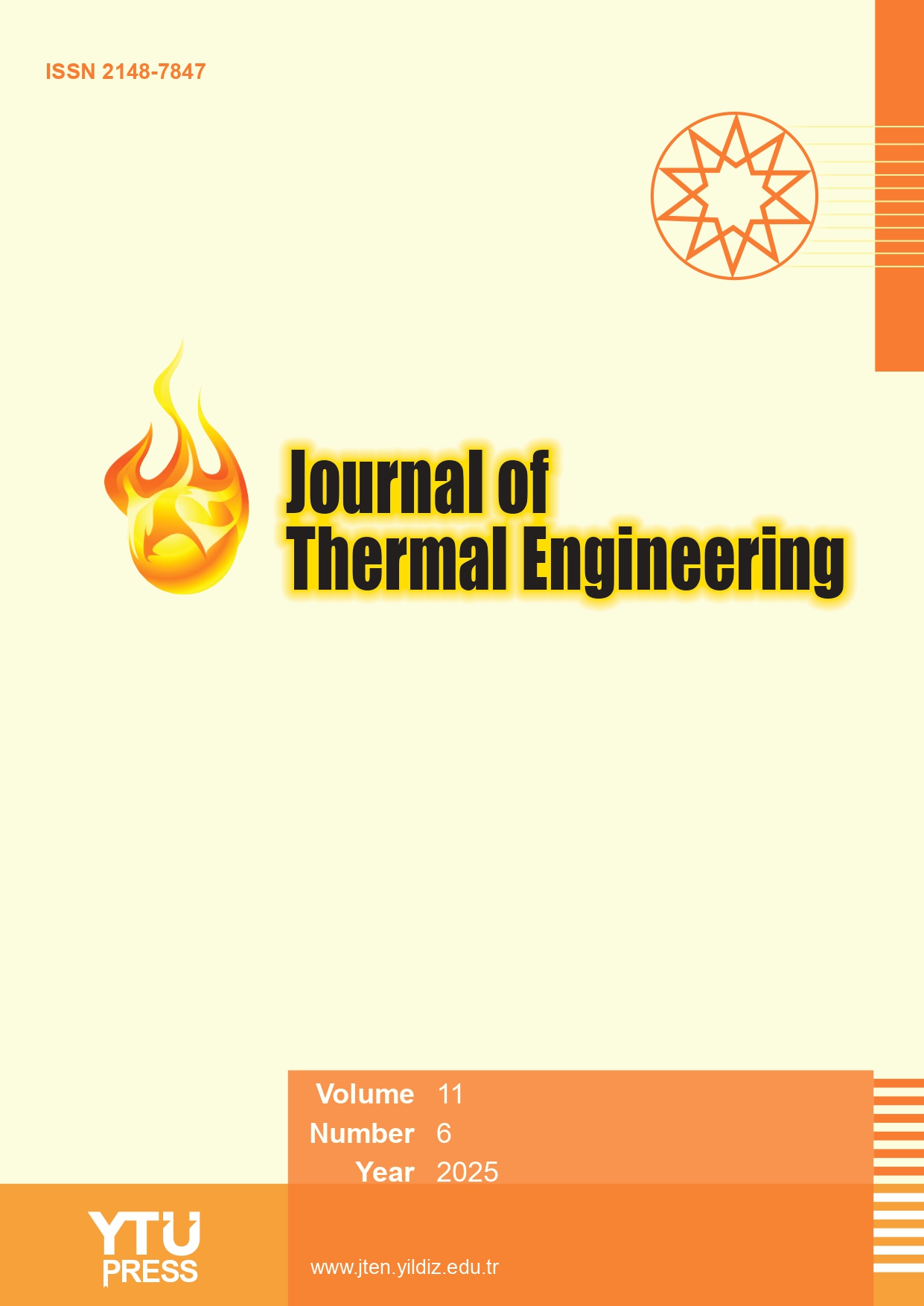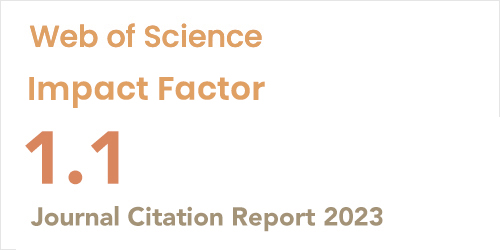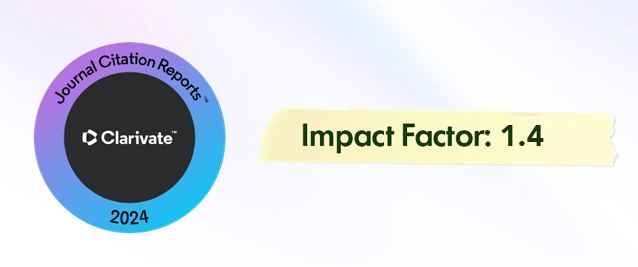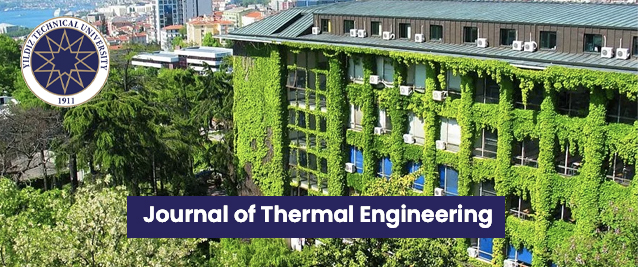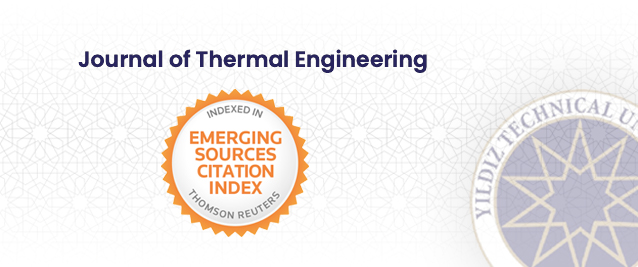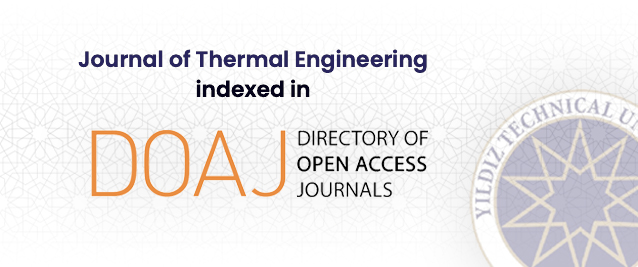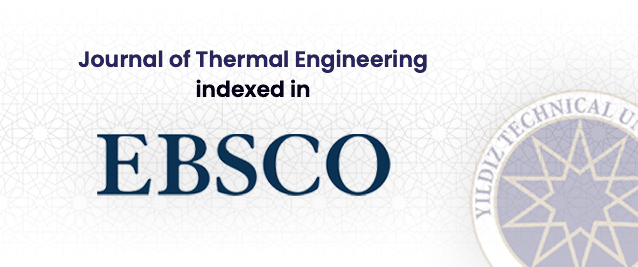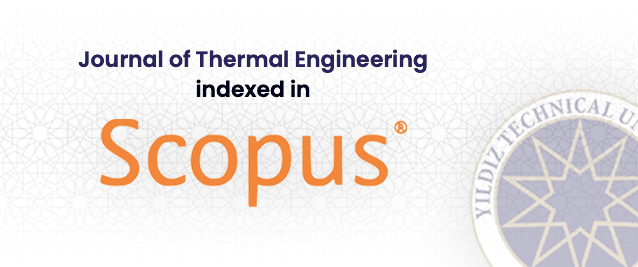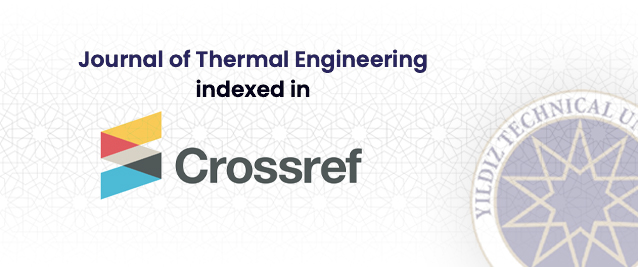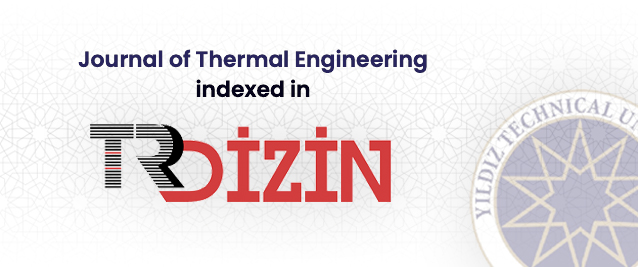2Department of Mechanical Engineering, Maharshi University of Information Technology, Lucknow, India
Abstract
The present work is associated with synergistic optimization and the effect of three operational variables, namely Load on the engine, rice bran biodiesel Blend, and TiO2 Nanoparticle for emission attenuation of HC, CO2, NOx, O2, and CO, along with BTE amelioration of diesel engine sustainability. Under the category of Empirical Research work, Central Composite Design-based Response Surface Modeling and analysis of variance were done to find out the best suitable mathematical relationship with the most and least significant operational variable for all responses at a 95% level of confidence and 5% significance factor. Experimental data were obtained using a diesel engine test rig with biodiesel blends up to 30% and TiO₂ nanoparticles up to 200 ppm, under low, medium, and high load conditions. The responses were optimized using MINITAB with contour and surface plots.
The optimum combination of three operation parameters reported as 2.64094 kW engine Load, 30 ppm rice bran Biodiesel, and 141.742 ppm TiO2 nanoparticles. Additionally, the optimal combination included CO 0.050% of the total sample, CO2 3.30% of the total sample, HC 13.29 ppm, NOX 385.78 ppm, and BTE 32.50%, resulting in a desirability effect of 73.74%; Improves BTE by 31.4% compared to pure diesel at low load and 22.9% at high load. A confirmation test run validates the result with a forecast error of less than 4%, with remarkable emissions reduction and performance gain of regular diesel engines without major changes, making it an eco-friendly option for the future


